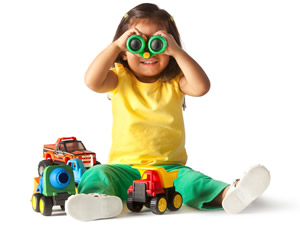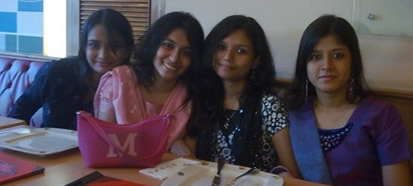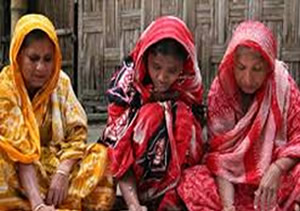Infants, Ages 3 and Younger
Overall eye health can have lifelong consequences in how babies and infants learn to see. That’s why it’s crucial to have the best care possible for common – and uncommon – eye diseases and conditions. Read More……
Children, Ages 4 to 12
Children’s vision can frequently change, and regular eye care can help treat many of the common eye conditions that appear and can be diagnosed at this age. Read More……
Teenagers, Ages 13 to 19
It’s important to realize that a teen’s vision is still changing and this continues until their early 20s. Like younger children, teens are also susceptible to various eye conditions. Many teens also may start wearing contact lenses, which are often a successful form of vision correction during these formative years. Read More……
Adults, Ages 20 to 39
The eye completes its growth in the early 20s, and contact lenses and glasses provide excellent vision correction during this time. Surgical approaches are also an option once refractive error stabilizes. Although many at this age experience healthy vision, there are some conditions that can affect eye health. Read More……
Adults, Ages 40 to 59
The possibility of being diagnosed with an eye condition, such as presbyopia, becomes more prevalent, while overall eye health starts to face new challenges between the ages of 40 to 59. Read More……
Adults, Ages 60 and Older
Age-related conditions, such as cataracts, may be treated with the right care to allow you to continue living a life of good vision. As people get older, they’re more likely to get certain eye health problems and conditions. Read More……






